Home>Articles>Which Food Item Should Be Stored On The Top Shelf In A Commercial Refrigerator
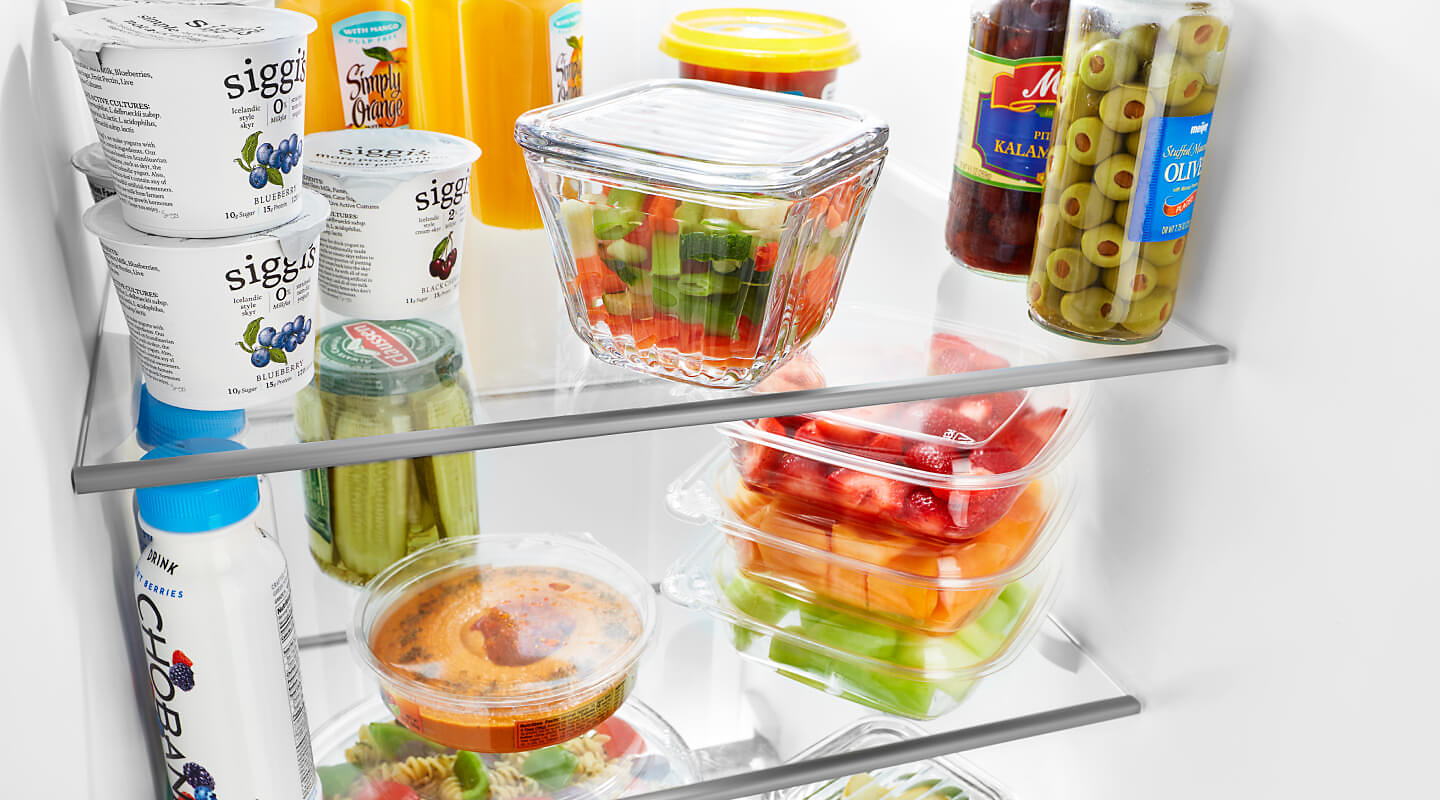

Articles
Which Food Item Should Be Stored On The Top Shelf In A Commercial Refrigerator
Modified: May 6, 2024
Discover the best practices for storing food items in a commercial refrigerator. Find out why certain items should be stored on the top shelf. Read our informative articles now!
(Many of the links in this article redirect to a specific reviewed product. Your purchase of these products through affiliate links helps to generate commission for Storables.com, at no extra cost. Learn more)
Introduction
Proper food storage is a crucial aspect of running a commercial kitchen or food establishment. It not only ensures the quality and safety of the food but also plays a significant role in preventing foodborne illnesses and maintaining compliance with health and safety regulations. One essential component of food storage is the placement of items in commercial refrigerators, which can have a direct impact on food freshness, organization, and accessibility.
Commercial refrigerators are designed to provide optimal temperature control and storage space for various food items. They are equipped with multiple shelves, and knowing where to place different types of food is key to maintaining their quality and prolonging shelf life. One common question that arises in this context is which food items should be stored on the top shelf of a commercial refrigerator.
In this article, we will explore the importance of proper food storage in commercial refrigerators, discuss the factors to consider when deciding the placement of food items, and specifically focus on the top shelf as the ideal location for certain food items. We will also delve into the benefits and potential drawbacks of storing specific food items on the top shelf, providing you with valuable insights to optimize the organization and storage of food in your commercial refrigerator.
Key Takeaways:
- Proper food storage in commercial refrigerators is crucial for maintaining freshness, preventing foodborne illnesses, and ensuring compliance with health regulations. Consider temperature requirements, cross-contamination risks, and usage frequency when organizing food items.
- The top shelf of a commercial refrigerator is ideal for ready-to-eat foods, delicate produce, bakery items, and specialty products. It offers easy accessibility, protects delicate items, and minimizes cross-contamination, but requires careful consideration of potential drawbacks such as temperature variations and space limitations.
Importance of Proper Food Storage in Commercial Refrigerators
Proper food storage in commercial refrigerators is essential for several reasons. First and foremost, it helps to maintain the freshness and quality of the food. By storing perishable items at the appropriate temperature, you can slow down the growth of bacteria and other microorganisms that cause food spoilage. This ensures that the food remains safe to consume and helps to minimize waste due to spoilage.
Furthermore, proper food storage in commercial refrigerators plays a crucial role in preventing foodborne illnesses. Bacteria such as Salmonella and E. coli can multiply rapidly at temperatures between 40°F and 140°F (4°C and 60°C), known as the danger zone. Placing perishable food items in refrigerators set at temperatures below 40°F (4°C) helps to keep these bacteria at bay, reducing the risk of contamination and food poisoning.
In addition to food safety, proper storage also contributes to better organization and accessibility. By allocating specific shelves or areas for different food categories, such as dairy products, meats, and fruits, you can easily locate the items you need, saving time and promoting efficiency in a busy commercial kitchen environment.
Compliance with health and safety regulations is another critical aspect of proper food storage in commercial refrigerators. Health departments and food safety agencies have specific guidelines and standards in place to ensure that food establishments maintain high levels of cleanliness and hygiene. Adhering to these regulations not only protects the health of consumers but also helps to maintain the reputation and credibility of the establishment.
Overall, proper food storage in commercial refrigerators is not only about keeping food fresh and safe, but it also contributes to improved organization, time management, and compliance with health and safety regulations. By understanding the importance of correct storage practices, you can create an efficient and safe food storage system in your commercial kitchen or establishment.
Factors to Consider When Deciding Placement in Commercial Refrigerators
When deciding the placement of food items in a commercial refrigerator, several factors should be taken into consideration. These factors can help optimize storage space, maintain proper temperature control, and ensure the efficient organization of food items. Here are some key factors to consider:
- Temperature requirements: Different food items have specific temperature requirements for optimal storage. Some items, such as meats and dairy products, need to be kept at colder temperatures, while others, like fruits and vegetables, require slightly higher temperatures. Consider the temperature needs of each food item when deciding its placement in the refrigerator.
- Cross-contamination: Cross-contamination is a significant concern in food storage. It occurs when bacteria or other harmful microorganisms from one food item contaminate another. To prevent cross-contamination, it is important to store raw meats and seafood separately from cooked or ready-to-eat items. Consider the risk of cross-contamination when deciding where to place different food items in the refrigerator.
- Usage frequency: Take into account the frequency at which you use different food items. Items that are frequently accessed and used should be placed in easily accessible areas of the refrigerator to save time and prevent unnecessary handling of other items.
- Shelf space: Assess the available shelf space in your commercial refrigerator. Some food items, such as taller containers or bulk items, may require extra space. Ensure that you have enough room to accommodate different food items without overcrowding the shelves, as this can affect air circulation and compromise the effectiveness of temperature control.
- Food categories: Categorize food items based on their type, such as dairy, meats, fruits, vegetables, condiments, and beverages. Allocate specific shelves or areas for each category to promote organization and easy retrieval of items.
- Expiration dates: Consider the expiration dates of various food items. Place items with earlier expiration dates in more prominent positions to ensure that they are used first and minimize food waste.
- Weight distribution: Distribute heavier items evenly throughout the refrigerator to maintain balance and prevent strain on the refrigerator shelves. Placing heavier items on lower shelves can help prevent accidents and damage to other items.
By carefully considering these factors, you can determine the most appropriate placement for different food items in your commercial refrigerator. This will help optimize storage capacity, maintain proper temperature control, and ensure efficient organization in your food establishment.
Top Shelf as the Ideal Location for Specific Food Items
While there is no hard and fast rule for the placement of food items in a commercial refrigerator, the top shelf is often considered an ideal location for certain types of food. The top shelf offers several advantages that make it well-suited for specific items. Here are some examples of food items that are commonly stored on the top shelf:
- Ready-to-eat foods: Ready-to-eat foods, such as packaged salads, deli meats, cooked leftovers, and prepared meals, are often stored on the top shelf. This placement allows for easy access, as these items are typically grabbed and served without additional cooking or preparation. Additionally, keeping these items on the top shelf helps prevent cross-contamination, as it reduces the risk of juices from raw meats dripping onto them.
- Bakery items: Bakery items like cakes, pastries, and bread are commonly placed on the top shelf. This placement is practical as it prevents these delicate items from being crushed or damaged by heavier food items placed on lower shelves. It also enables easy visibility and access, making it convenient for staff to retrieve and serve bakery products to customers.
- Sensitive ingredients: Certain ingredients, such as herbs, delicate greens, and fresh produce, are highly sensitive to temperature fluctuations. Placing these items on the top shelf can help minimize exposure to warm air that can enter the refrigerator when the door is opened frequently. The cooler temperatures on the top shelf allow for better preservation and help extend the shelf life of these delicate ingredients.
- Specialty items: Specialty items, like expensive cheeses, gourmet ingredients, and premium condiments, are often stored on the top shelf. This placement highlights their exclusivity and ensures they are easily visible and accessible. It also helps to protect these valuable items from accidental damage or contamination from heavier or bulkier items stored on lower shelves.
- Allergen-free products: If your establishment offers allergen-free or gluten-free products, it’s advisable to store them on the top shelf or in a designated area to minimize the risk of cross-contamination with other food items. This separation helps prevent potential allergic reactions in customers with specific dietary needs.
By utilizing the top shelf for these specific types of food items, you can enhance organization, accessibility, and food safety in your commercial refrigerator. It promotes better preservation, reduces the risk of cross-contamination, and ensures that delicate or specialty items are easily identifiable and protected.
Raw meat and seafood should be stored on the top shelf of a commercial refrigerator to prevent cross-contamination. This helps to ensure that any drips or spills from these items do not come into contact with ready-to-eat foods stored on lower shelves.
Food Items That Should Be Stored on the Top Shelf in a Commercial Refrigerator
The top shelf of a commercial refrigerator is an ideal location for specific food items that require easy access, protection, and careful storage. Here are some examples of food items that are commonly stored on the top shelf:
- Ready-to-eat meals: Pre-packaged ready-to-eat meals, such as salads, sandwiches, and lunch boxes, should be stored on the top shelf. These items are typically consumed without further cooking or preparation, making them convenient for quick grab-and-go situations. Placing them on the top shelf ensures easy accessibility for staff and customers.
- Deli meats and cheeses: Sliced deli meats and cheeses are commonly stored on the top shelf. This placement protects them from potential cross-contamination and minimizes the risk of heavier items causing damage or crushing. It also allows deli personnel to easily reach and serve customers, ensuring efficiency and smooth operations.
- Bakery items: Items like pastries, cakes, and bread are best stored on the top shelf. This placement helps preserve their freshness and delicate texture, as they are less likely to be squished or compressed by heavier items on lower shelves. The top shelf also provides visibility, allowing bakery staff to monitor and rotate stock effectively.
- Delicate produce: Certain delicate produce items, such as fresh herbs, tender greens, and fragile fruits, should be stored on the top shelf. These items are sensitive to temperature fluctuations and can wilt or spoil quickly if exposed to warmer air. By placing them on the top shelf, you can minimize exposure to warm air when the refrigerator is opened frequently.
- Expensive or specialty items: High-value and specialty products, such as premium condiments, rare cheeses, and gourmet ingredients, deserve special attention and care. Storing these items on the top shelf showcases their exclusivity and protects them from potential damage caused by heavy items or spills from lower shelves.
By designating the top shelf for these specific food items, you can ensure their proper storage, maintain their quality, and facilitate easy access for both staff and customers. Always consider the unique needs of each food item and its sensitivity to temperature, cross-contamination, and potential damage when deciding their placement in a commercial refrigerator.
Read also: 6 Best Refrigerator Shelf Clips for 2025
Benefits of Storing Specific Food Items on the Top Shelf
Storing specific food items on the top shelf of a commercial refrigerator offers several benefits that contribute to improved organization, accessibility, and preservation. Here are some advantages of utilizing the top shelf for certain types of food items:
- Easy accessibility: Placing frequently accessed food items on the top shelf allows for quick and convenient retrieval. Ready-to-eat meals, deli meats, and other grab-and-go items can be easily accessed by staff and customers, promoting efficiency and reducing waiting times.
- Prioritizing delicate items: Delicate and sensitive food items, such as delicate produce and gourmet ingredients, are better protected when stored on the top shelf. This placement reduces the risk of damage caused by heavier items or accidental spills from lower shelves, extending their shelf life and preserving their quality.
- Minimizing cross-contamination: Placing certain food items on the top shelf helps to prevent cross-contamination. Ready-to-eat meals and allergen-free products, for example, should be stored separately from raw meats to avoid potential contamination. By allocating the top shelf for these items, you maintain separation and minimize the risk of cross-contamination.
- Preserving delicate textures and flavors: Bakery items, such as pastries and bread, retain their delicate textures and flavors when stored on the top shelf. This placement protects them from being squished or compressed by heavier items, preserving their appearance and sensory qualities.
- Enhancing visibility: Placing specialty items on the top shelf increases their visibility and showcases their exclusivity. Premium condiments, rare cheeses, and gourmet ingredients are easily noticeable, making them more appealing to customers. This visibility also helps staff monitor stock levels and rotate inventory effectively.
- Optimizing space: Allocating the top shelf for specific food items helps optimize the available storage space in the refrigerator. By designating a specific area for items like ready-to-eat meals or delicate produce, you ensure that other shelves can be used efficiently for different food categories, improving organization and maximizing storage capacity.
By considering the unique needs of different food items and strategically placing them on the top shelf, you can enhance accessibility, protect delicate items, prevent cross-contamination, and optimize storage space in your commercial refrigerator. This approach not only helps maintain the quality and freshness of food but also contributes to a more efficient and organized kitchen environment.
Potential Drawbacks of Storing Specific Food Items on the Top Shelf
While there are benefits to storing specific food items on the top shelf of a commercial refrigerator, it’s important to consider potential drawbacks as well. Here are some drawbacks that should be taken into account:
- Temperature variations: Commercial refrigerators may have temperature variations throughout their different shelves, with the top shelf potentially being warmer than the lower shelves. This variation can affect the freshness and shelf life of certain food items, especially those that are more sensitive to temperature changes. Care should be taken to ensure that the top shelf maintains a consistent and appropriate temperature.
- Food safety concerns: Placing ready-to-eat foods or delicate ingredients on the top shelf requires extra diligence regarding hygiene and food safety. If spills or leaks occur from other shelves, there is a risk of contamination to the items on the top shelf. Regular cleaning and maintenance are crucial to mitigate this risk and ensure a safe storage environment.
- Weight and stability: The top shelf may have weight limitations, and placing heavier items on this shelf can destabilize the refrigerator or increase the risk of accidents. It’s important to adhere to the manufacturer’s recommendations for weight distribution and ensure that the top shelf can adequately support the items being placed on it.
- Accessibility concerns: While the top shelf can provide easy access to specific food items, it may be less convenient for shorter individuals or those with limited mobility. Items placed on this shelf should be easily reachable for all staff members to avoid any ergonomic challenges or safety issues.
- Space limitations: The top shelf is limited in terms of available space. Depending on the size and layout of the commercial refrigerator, storing specific items on the top shelf may limit the capacity for other essential food items. It’s important to prioritize and allocate space wisely to ensure efficient storage of all necessary items.
- Visibility and organization: Placing specialty items or delicate produce on the top shelf may result in reduced visibility if the refrigerator has multiple shelves or is densely packed. Proper organization and labeling are crucial to ensure that these items are easily identifiable and do not get overlooked or forgotten.
By addressing these potential drawbacks, such as monitoring temperature fluctuations, implementing proper cleaning procedures, ensuring weight distribution, and maintaining accessibility, you can mitigate risks and optimize the storage of specific food items on the top shelf of your commercial refrigerator.
Conclusion
Proper food storage in a commercial refrigerator is vital for maintaining food safety, freshness, and organization in a food establishment. While there is no universal rule for the placement of food items in a commercial refrigerator, the top shelf often proves to be an ideal location for specific items.
In this article, we explored the importance of proper food storage in commercial refrigerators and discussed factors to consider when deciding the placement of food items. We also highlighted the benefits of storing specific food items on the top shelf, such as easy accessibility, protection of delicate items, prevention of cross-contamination, and enhanced visibility.
However, it is crucial to be aware of the potential drawbacks of storing certain items on the top shelf, including temperature variations, food safety concerns, weight and stability issues, accessibility concerns, space limitations, and visibility challenges. By addressing these concerns and implementing proper procedures, these drawbacks can be mitigated.
It is important for food establishments to prioritize food safety, efficiency, and organization when determining the placement of items in a commercial refrigerator. Consider the unique needs of different food items, their temperature requirements, and the risk of cross-contamination when deciding where to store them. Optimize the use of the top shelf for ready-to-eat meals, bakery items, delicate produce, specialty products, and allergen-free items. Remember to maintain proper hygiene, clean and organize the refrigerator regularly, and ensure that staff members can access items safely and easily.
By understanding the importance of proper food storage, considering the factors that influence placement, and utilizing the top shelf appropriately, you can create an efficient and safe storage system in your commercial kitchen or establishment. This will not only help maintain the quality and freshness of your food but also contribute to a smooth and successful operation.
Curious about keeping your perishables in top shape next year? Our upcoming guide, '12 Best Cold Storage for 2024,' dives into the latest options for maintaining freshness and quality. From innovative features to energy efficiency, this article helps you choose the perfect cold storage solutions for your needs. Don't miss out on securing the ideal environment for your food items!
Frequently Asked Questions about Which Food Item Should Be Stored On The Top Shelf In A Commercial Refrigerator
Was this page helpful?
At Storables.com, we guarantee accurate and reliable information. Our content, validated by Expert Board Contributors, is crafted following stringent Editorial Policies. We're committed to providing you with well-researched, expert-backed insights for all your informational needs.
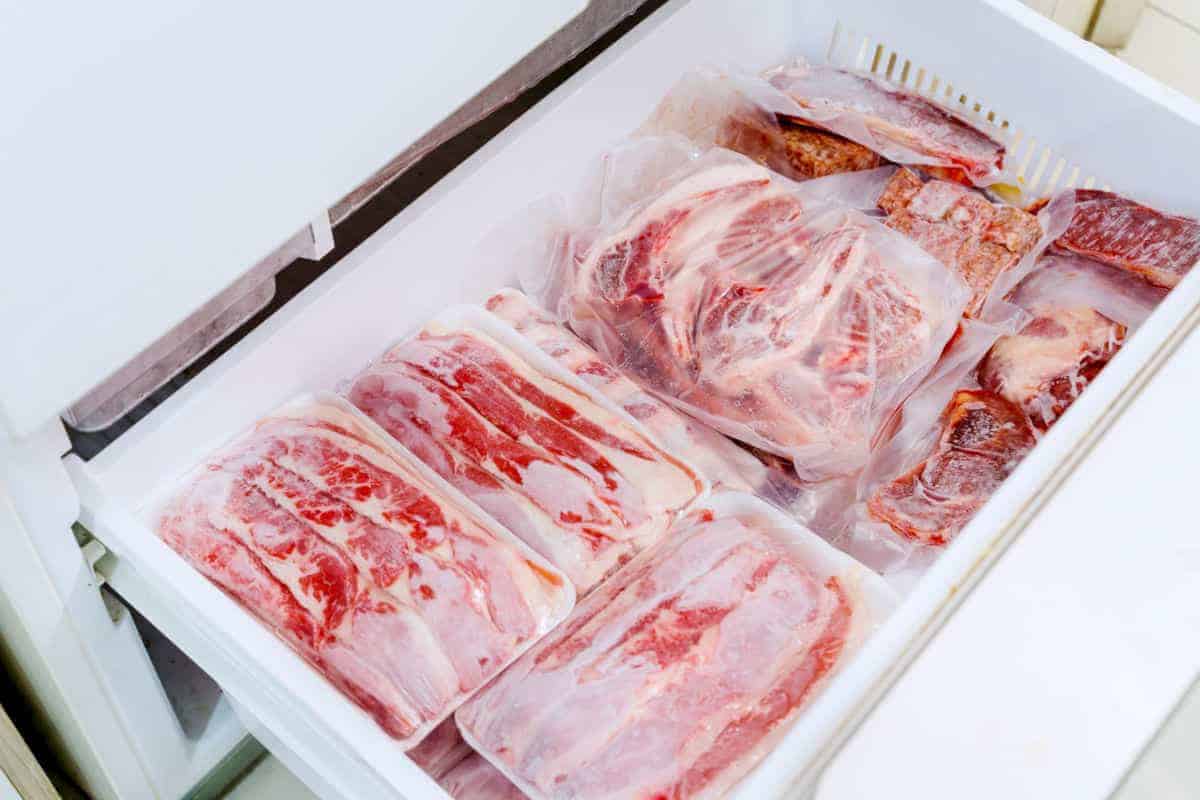
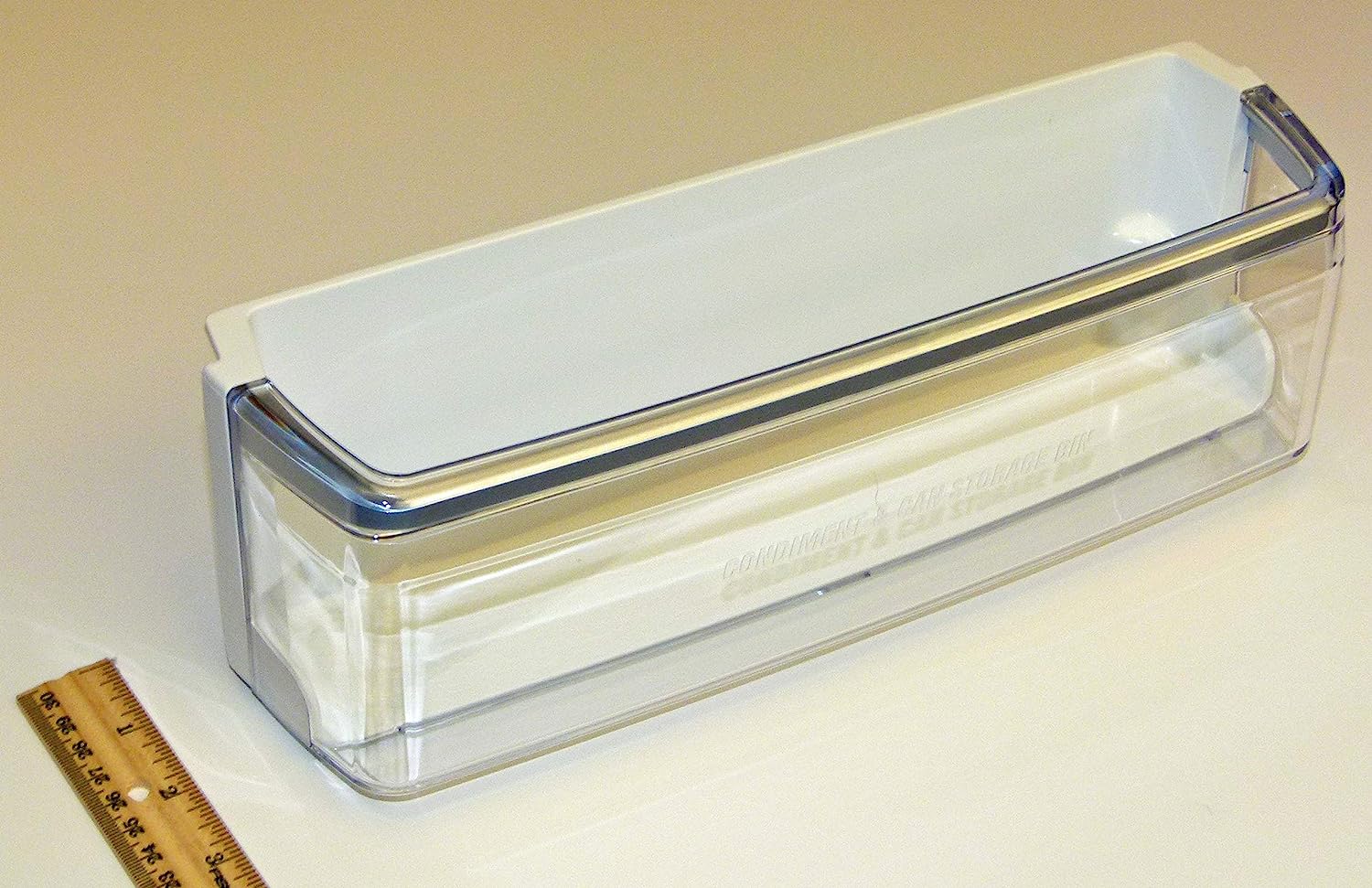
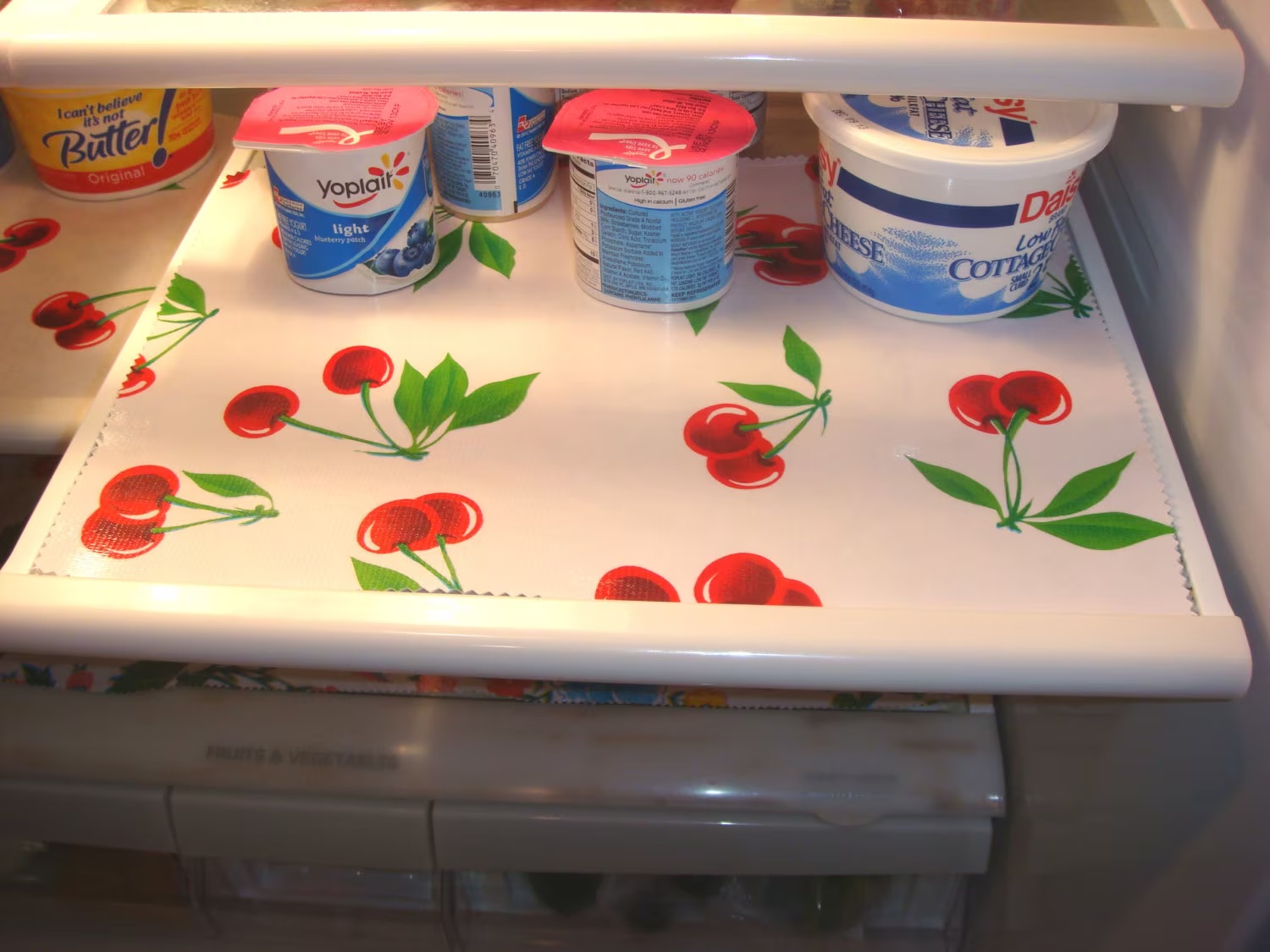
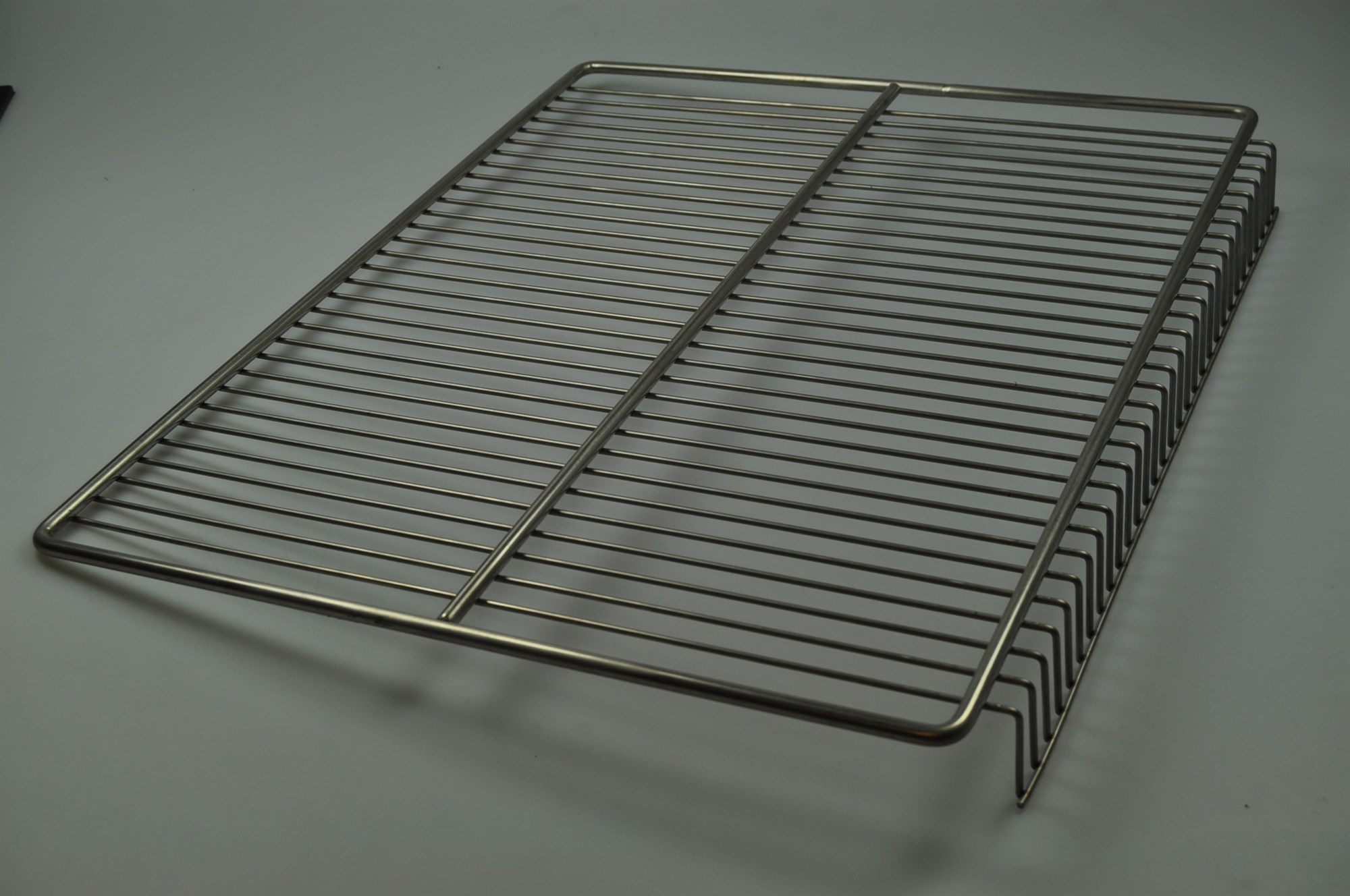
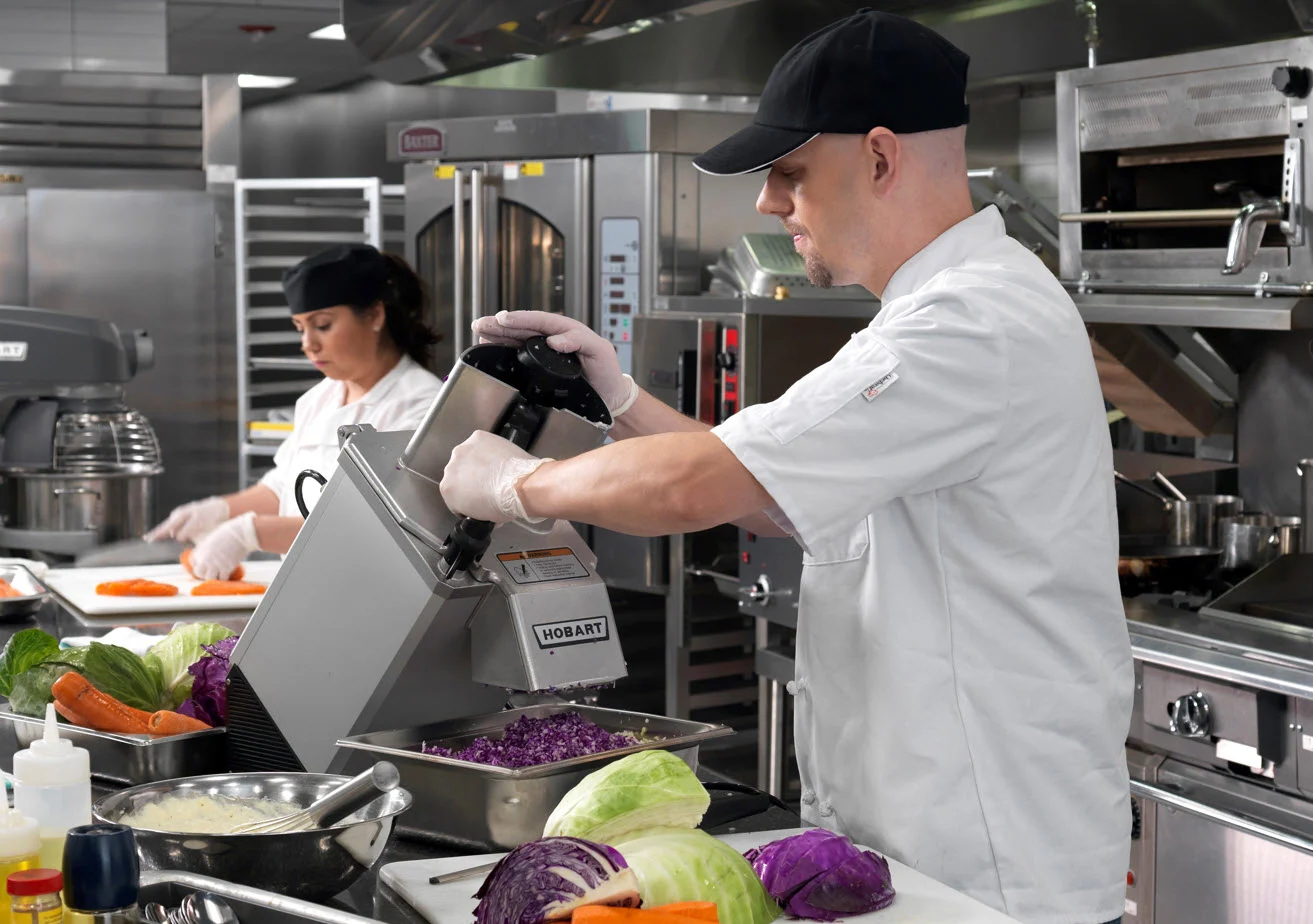

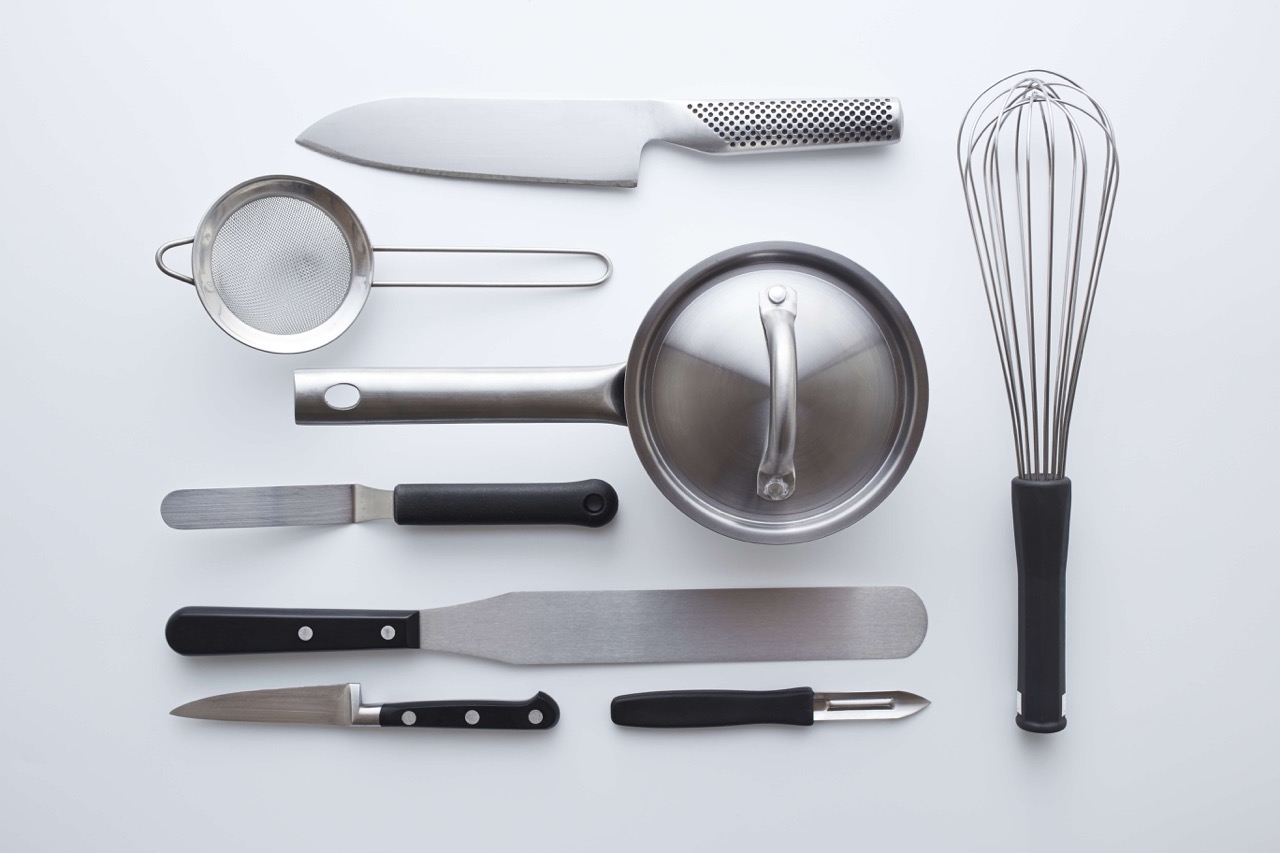
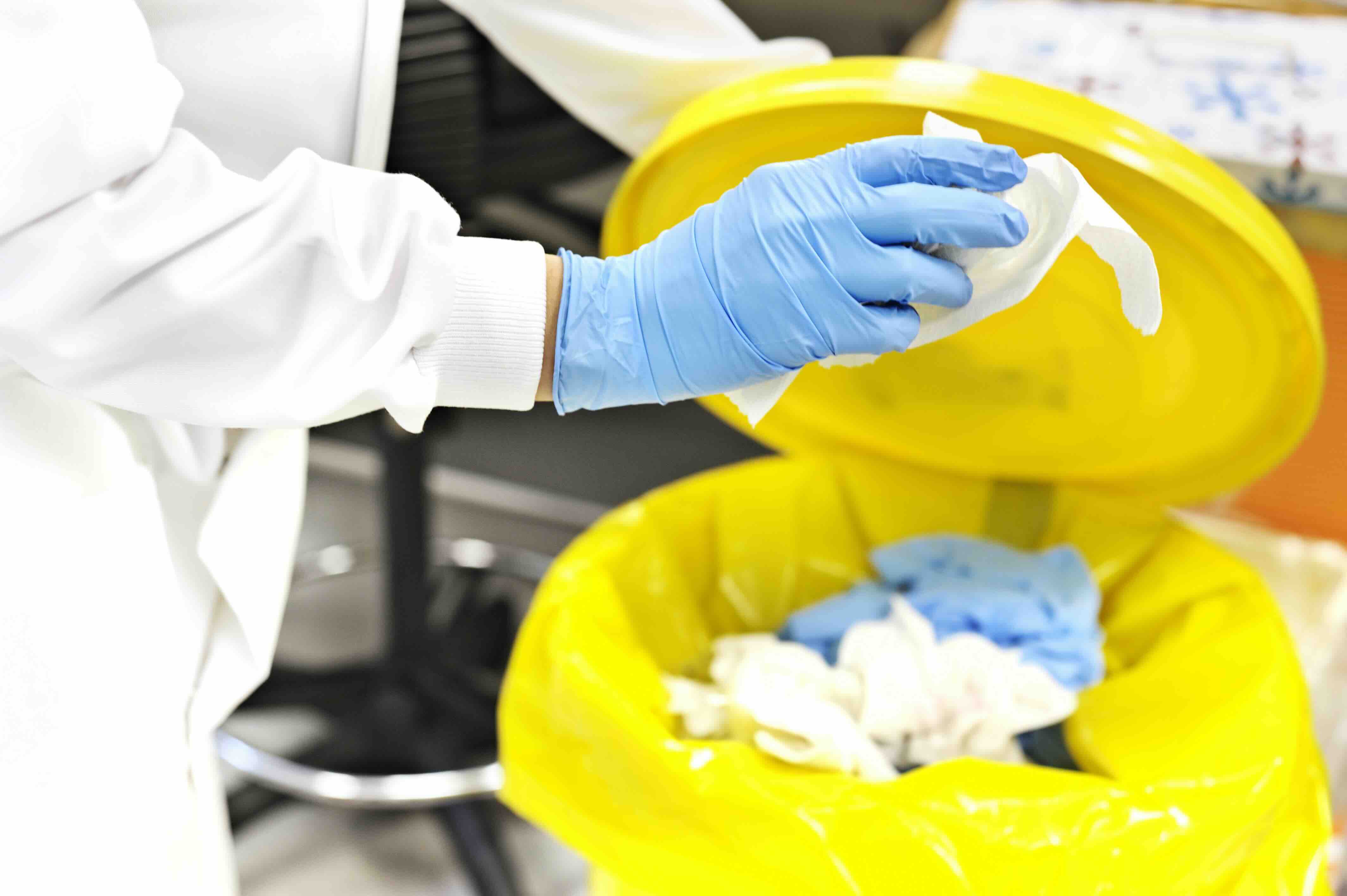
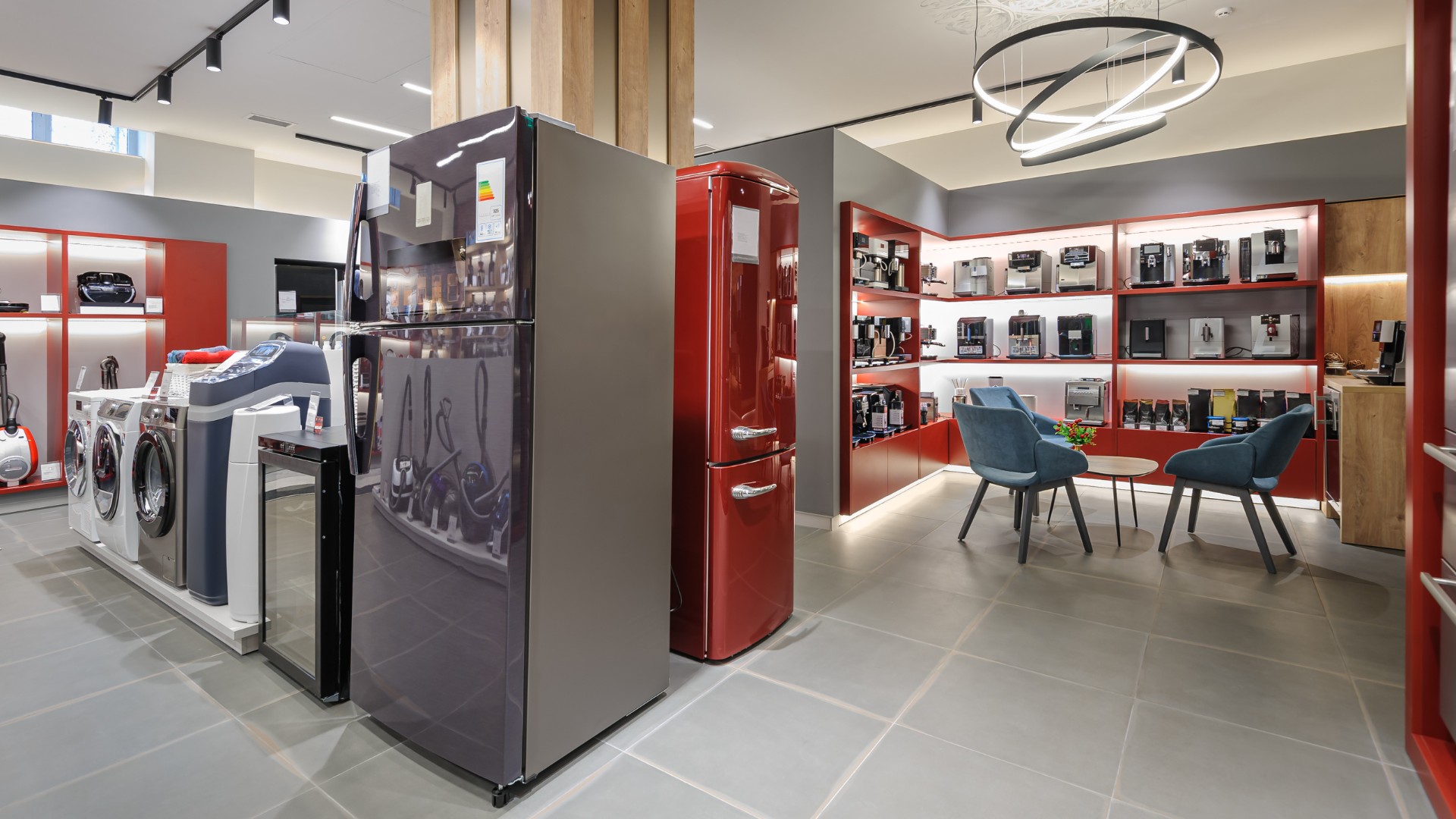
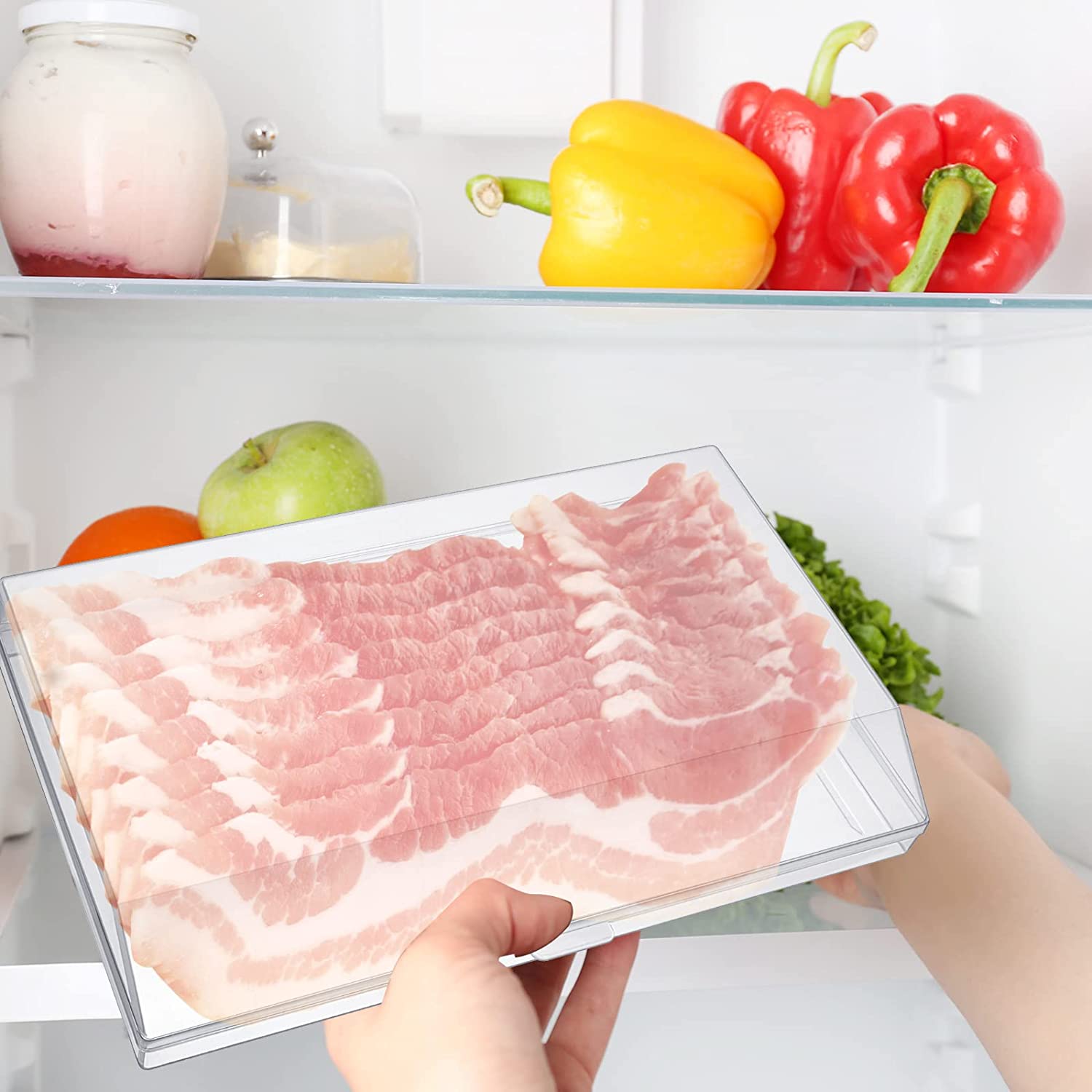
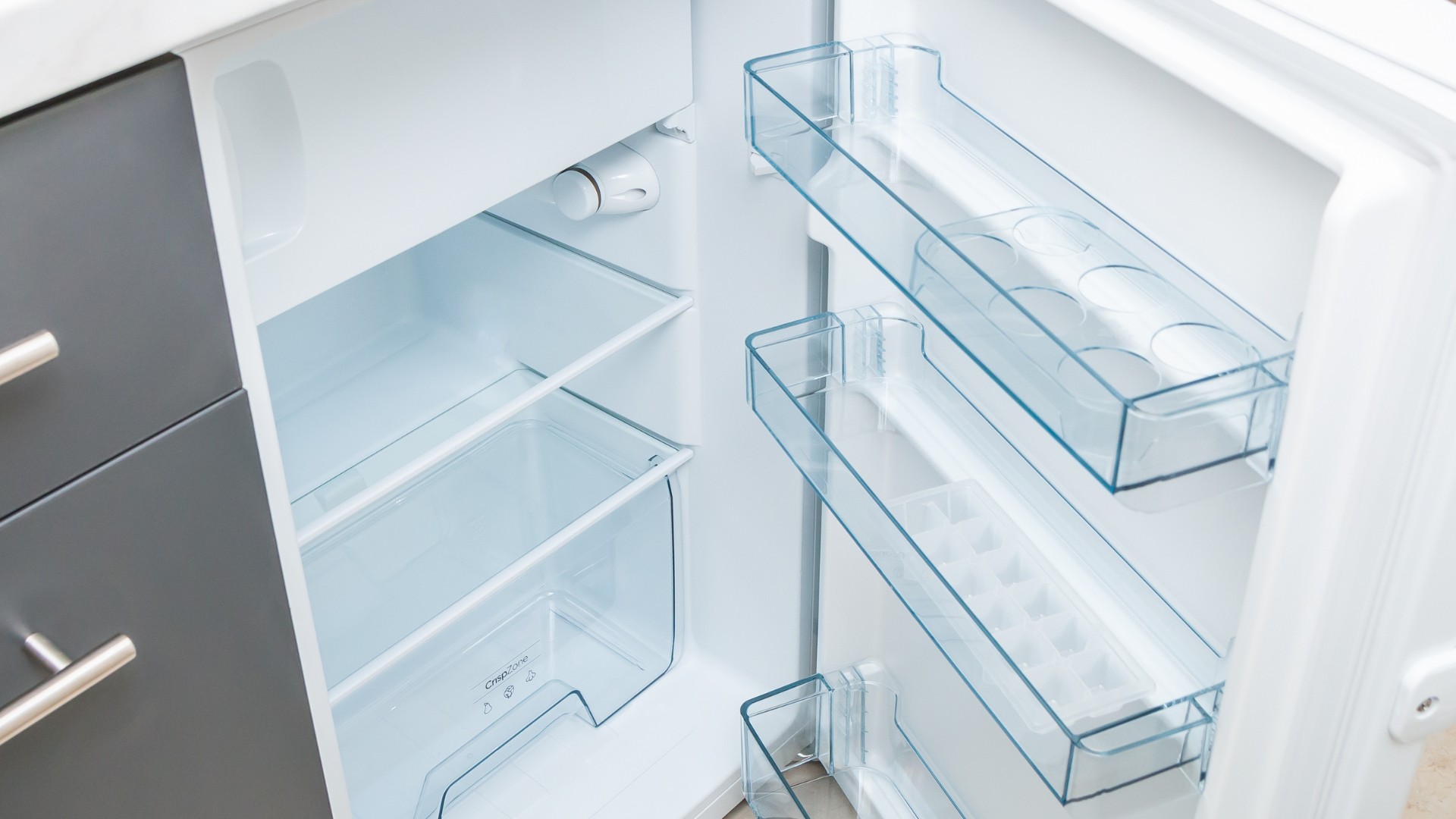
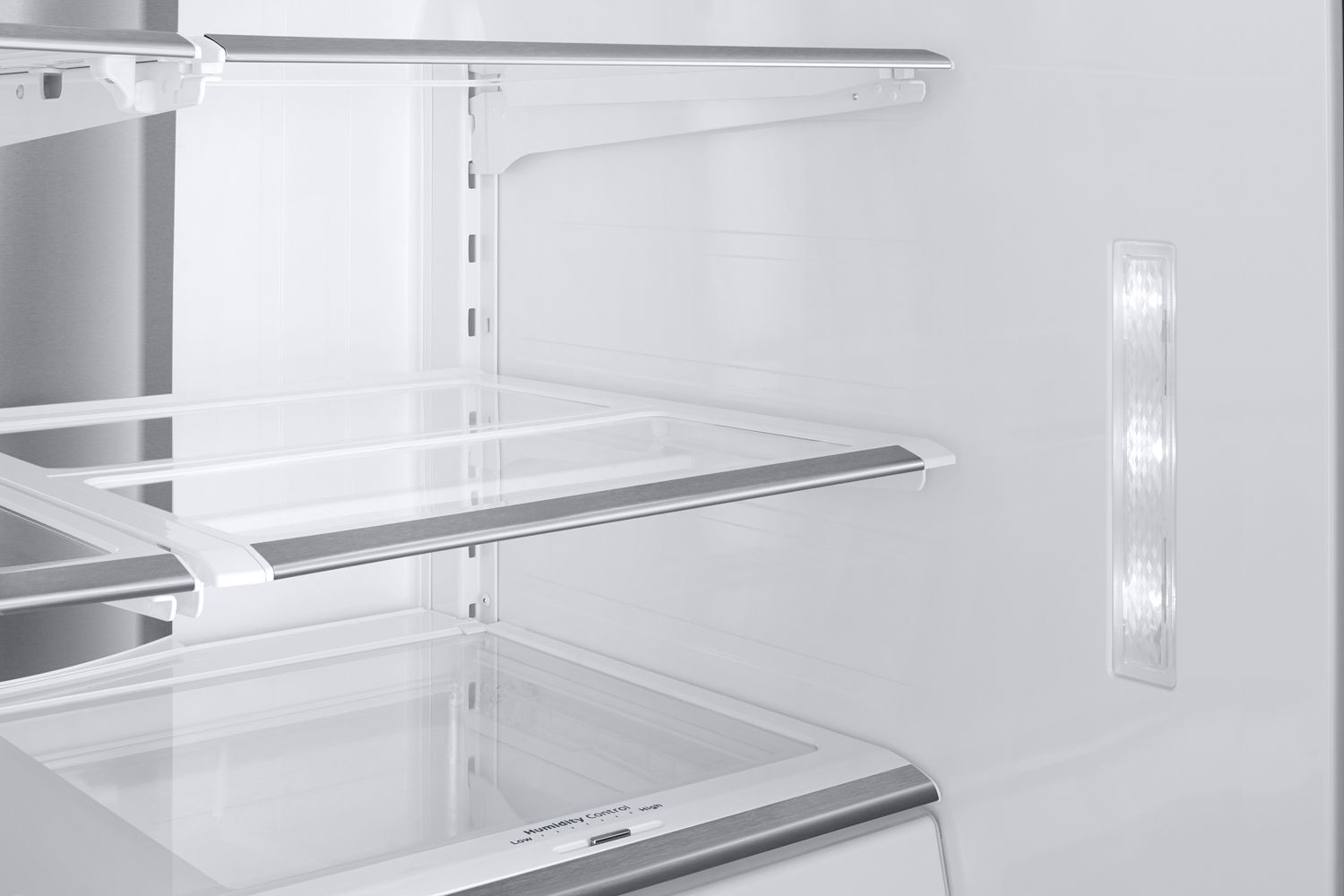
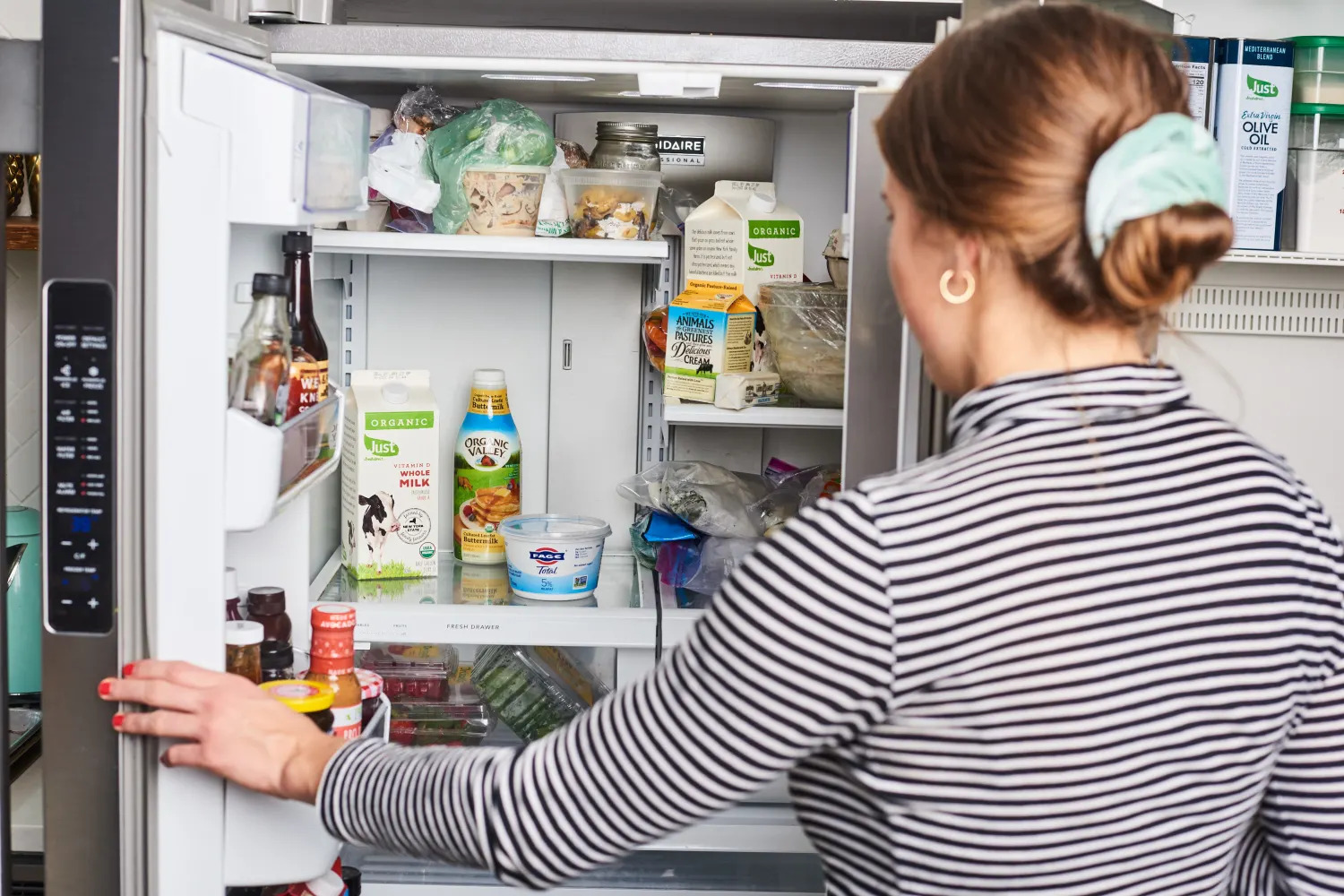
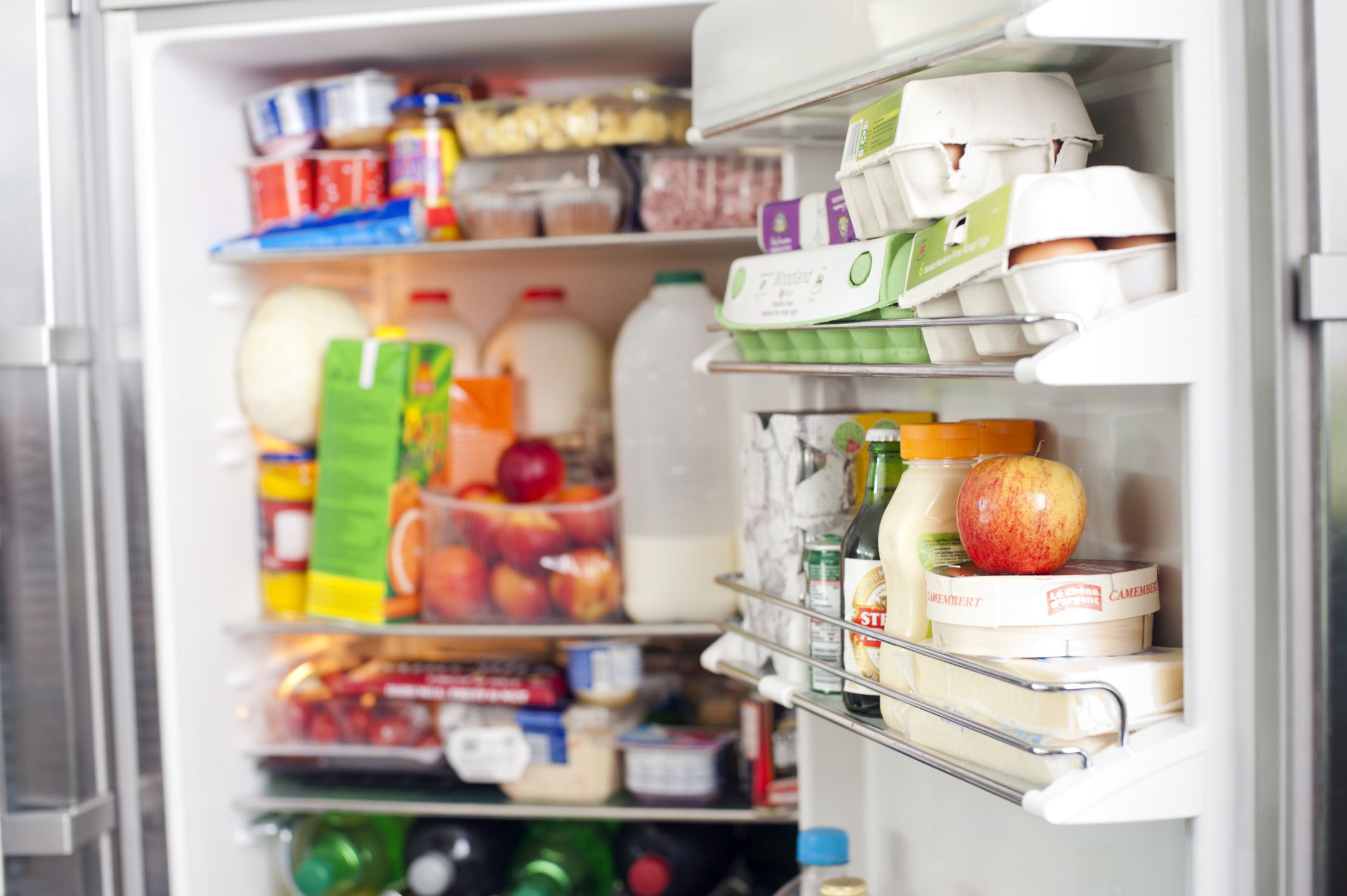

0 thoughts on “Which Food Item Should Be Stored On The Top Shelf In A Commercial Refrigerator”